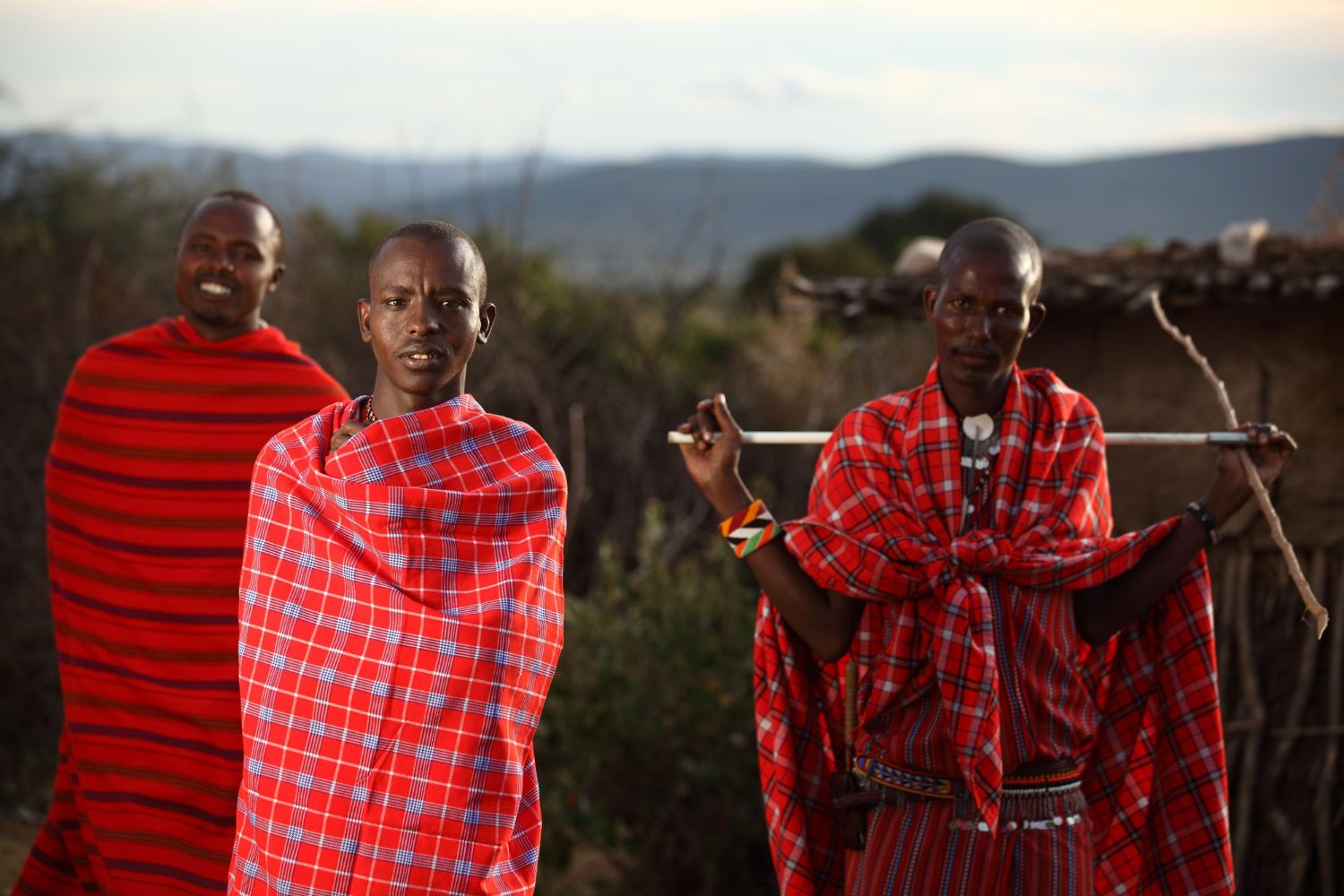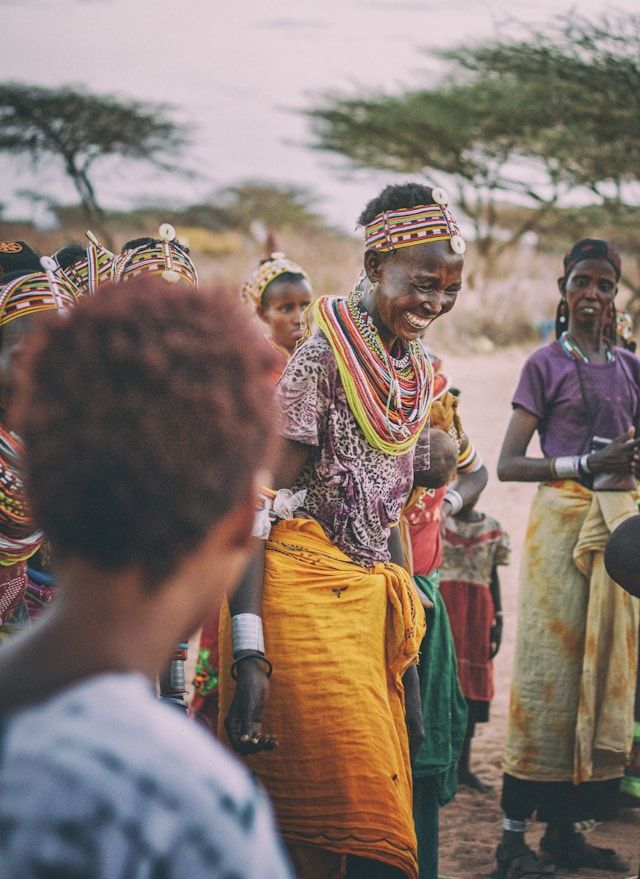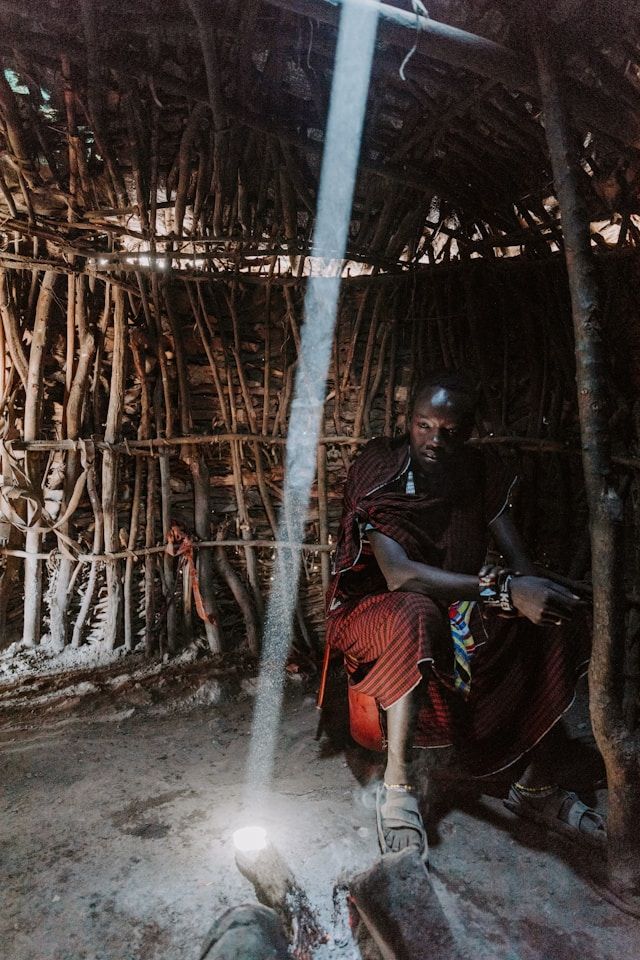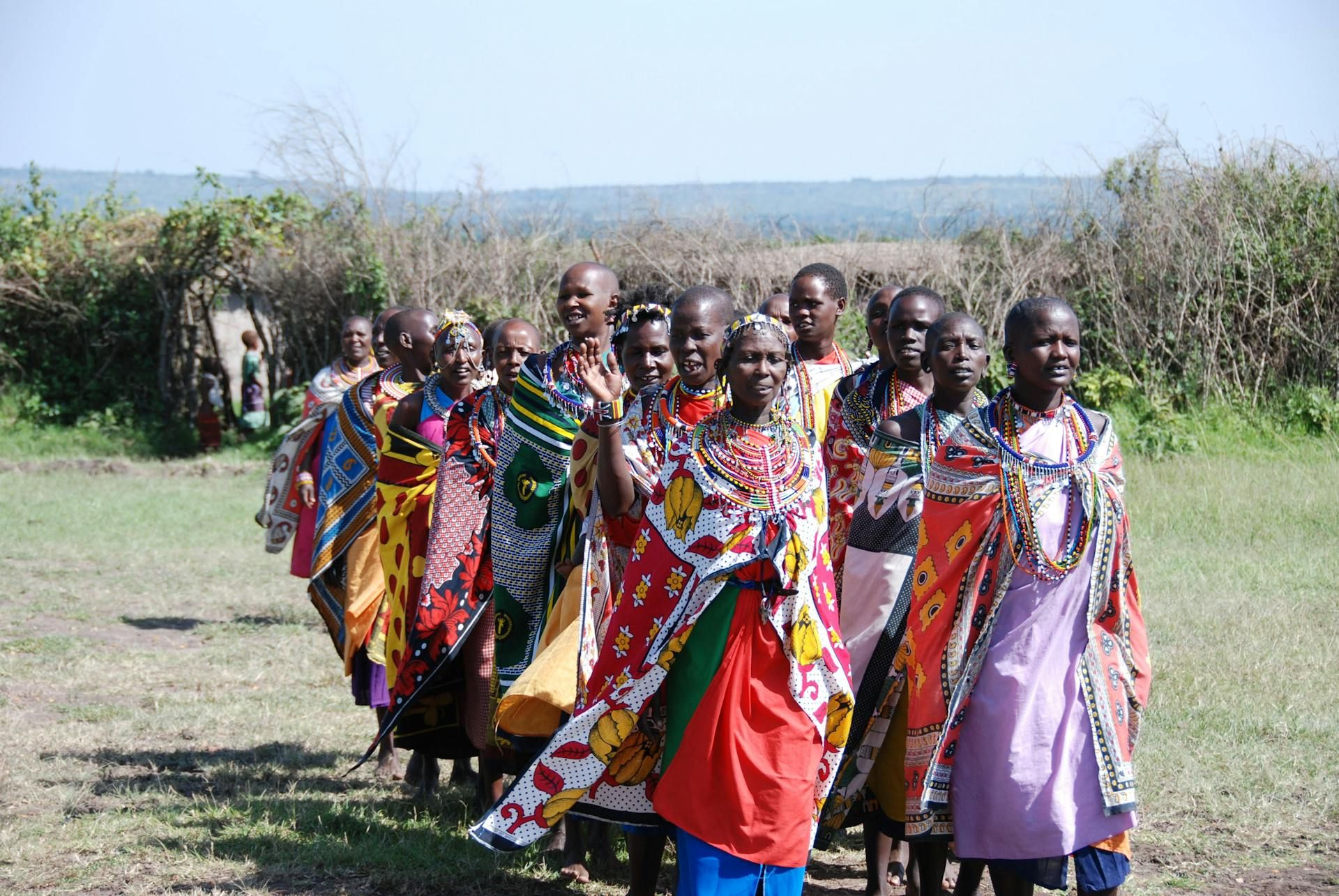
Discovering the Heart of East Africa: Authentic Maasai Culture & Village Experiences
5 min readStep into a world where ancient traditions thrive amidst modern East Africa, where vibrant red shukas flutter in the savanna breeze, and where every colorful bead tells a story passed down through generations.
In the vast landscapes of Kenya and Tanzania, where acacia trees dot endless plains and wildlife roams freely, lives one of Africa's most iconic peoples—the Maasai. For centuries, these proud pastoralists have maintained their distinctive culture, creating one of the most authentic and enriching cultural experiences available to travelers in East Africa.
The Living Culture of the Maasai
The Maasai people represent a remarkable example of cultural resilience. Despite the rapid modernization surrounding them, they have preserved their semi-nomadic lifestyle, centered around cattle herding, age-old traditions, and a deep spiritual connection to the land. Today, visitors can witness this living culture firsthand through carefully arranged village visits that benefit both travelers and local communities.
Few images are as representative of East Africa as the brightly coloured Masai warriors. They continue to live the proud, pseudo-nomadic lifestyle despite the rapid modernisation of Tanzania and Kenya. This persistence of tradition offers modern travelers a rare glimpse into an authentic way of life that has remained largely unchanged for centuries.


What to Expect During an Authentic Village Visit
The Welcome Experience
As you approach a Maasai village, known as a "boma" or "manyatta," the first thing that strikes you is the circular arrangement of traditional huts surrounded by thorny acacia fences. The first thing you'll notice as you enter a village is the many vivid colours of the Masai's garments. The iconic red shukas (traditional cloth) create a vibrant tapestry against the earthy tones of the landscape.
Traditional Architecture and Daily Life
See how traditional huts are built using mud, cow dung, and sticks. These ingenious structures, called "inkajijik," are built entirely by Maasai women using locally available materials. The construction process itself is a testament to their resourcefulness and environmental harmony.
During your visit, you'll witness the daily rhythms of Maasai life—children herding goats, women gathering around cooking fires, and elders sharing stories under the shade of ancient trees. Find yourself in the midst of the daily hustle and bustle of local life as you witness the daily rituals of the Maasai.
Interactive Cultural Experiences
Authentic village visits offer hands-on experiences that go beyond passive observation:
Fire Making Demonstrations: Watch skilled Maasai men create fire using traditional friction methods with sticks—a technique passed down through generations and still essential for daily life.
Traditional Cooking: Participate in preparing traditional meals and learn about the Maasai diet, which traditionally revolves around milk, blood, and meat from their cattle.
Warrior Traditions: Meet Maasai warriors and elders who share stories of their culture, including the significance of age-set systems and the traditional roles within their society.
Music and Dance: Experience the rhythmic jumping dance called "adumu," performed by Maasai warriors, and learn traditional songs that have been sung for centuries.

The Art of Maasai Beadwork
One of the most captivating aspects of Maasai culture is their intricate beadwork, which serves far more purpose than mere decoration. It is considered the duty of every Maasai woman to learn the jewellery making craft. Traditionally the beadwork is made by women but is worn by both sexes, and has important cultural significance.
Colors That Tell Stories
Each color in Maasai beadwork carries deep symbolic meaning:
- Red: Represents bravery, strength, and unity—the most important color in Maasai culture
- Blue: Symbolizes energy and the life-giving sky that brings rain
- White: Signifies purity, health, and peace, often associated with milk from their cattle
- Green: Represents the land, nature, and production
- Orange: Symbolizes warmth, friendship, and generosity
- Yellow: Represents fertility and growth
- Black: Signifies the people and the struggles they endure
Sacred Ceremonies and Rituals
They are used during birth ceremonies to protect newborns from evil spirits, during coming-of-age rituals as young boys transition into manhood, and in marriage ceremonies to signify the union of two families. Beadwork plays a crucial role in every significant life event, creating a tangible connection between the spiritual and material worlds.
The "Esiteti," a circular beaded ornament worn on the forehead, marks particularly important transitions in a young woman's life, signifies a girl's readiness for marriage and her passage into womanhood.

Beyond Tourism: Supporting Communities
Modern Maasai village visits have evolved to benefit local communities while preserving cultural authenticity. Many programs ensure that Your visit directly supports community development projects, including education, healthcare, and sustainable income generation.
For years the Maasai practiced pastoralism—livestock herding, but today, beadwork and cultural tourism provide additional income streams that help communities thrive while maintaining their cultural identity.
Planning Your Authentic Experience
When to Visit
Village visits can be arranged year-round and are typically 1–2 hours and can be added seamlessly to a Masai Mara or Amboseli safari itinerary. Many visitors choose to combine their cultural experience with wildlife viewing, creating a comprehensive understanding of East African heritage.
Choosing the Right Experience
Look for village visits that emphasize:
- Community benefit and fair compensation
- Authentic interactions rather than performances
- Educational components about Maasai history and traditions
- Opportunities to purchase genuine handicrafts directly from artisans
- Small group sizes for more intimate experiences
Respectful Engagement
When visiting Maasai communities, remember that you're entering someone's home and sacred space. Approach with respect, openness, and genuine curiosity. Ask questions, participate when invited, and appreciate that you're witnessing a way of life that has endured for centuries.
The Lasting Impact
A visit to an authentic Maasai village offers more than cultural education—it provides a profound perspective on different ways of living and thriving. In our interconnected world, the Maasai demonstrate that it's possible to honor tradition while adapting to contemporary challenges.
As you leave the village, the images that remain are not just of colorful beads and traditional dances, but of resilient people who have chosen to share their most precious possession—their culture—with the world. The experience challenges preconceptions, broadens worldviews, and creates lasting connections between visitors and one of Africa's most remarkable communities.
Whether you're planning a safari in Kenya's Masai Mara or exploring Tanzania's Ngorongoro region, including an authentic Maasai village visit in your itinerary offers an irreplaceable opportunity to understand East Africa not just as a destination, but as home to vibrant, living cultures that continue to shape the region's identity.
Ready to experience authentic Maasai culture? Choose responsible tour operators who prioritize community benefit and cultural respect, ensuring your visit contributes positively to the preservation of this remarkable heritage.